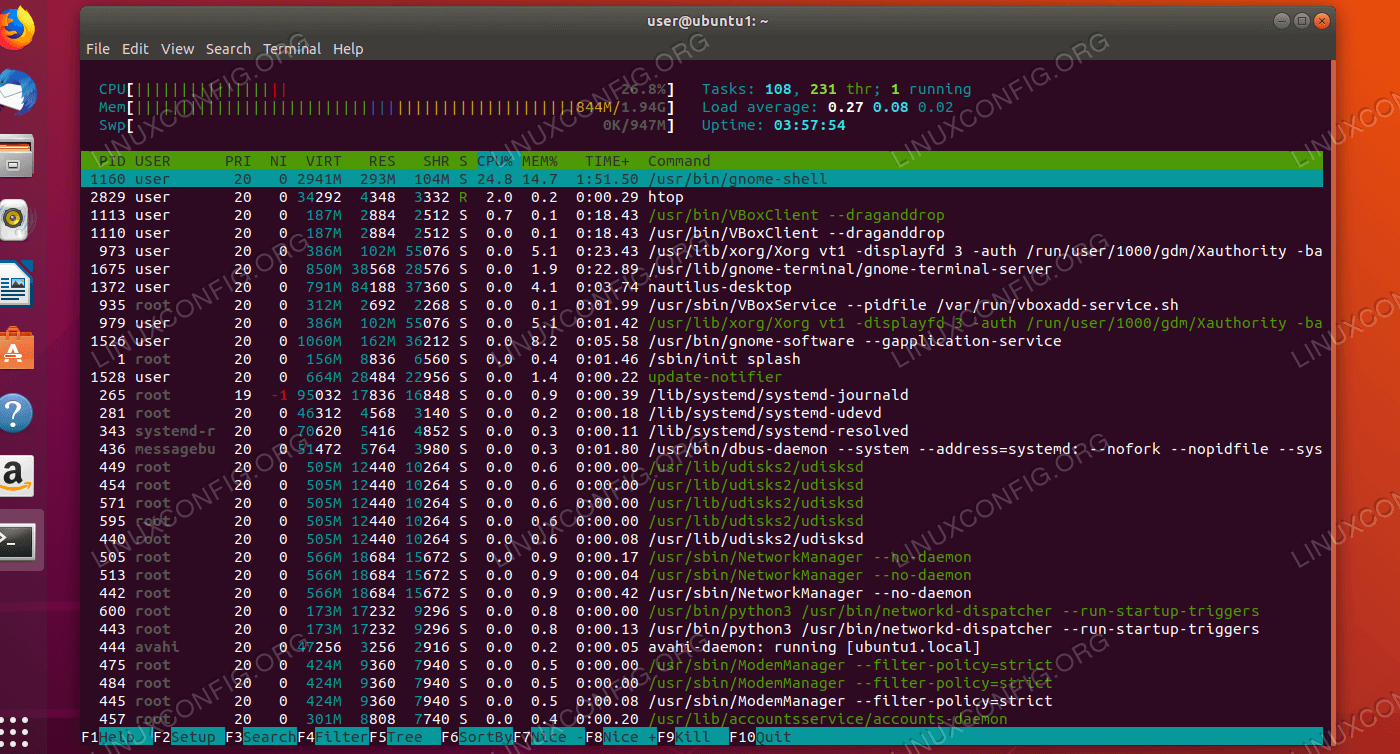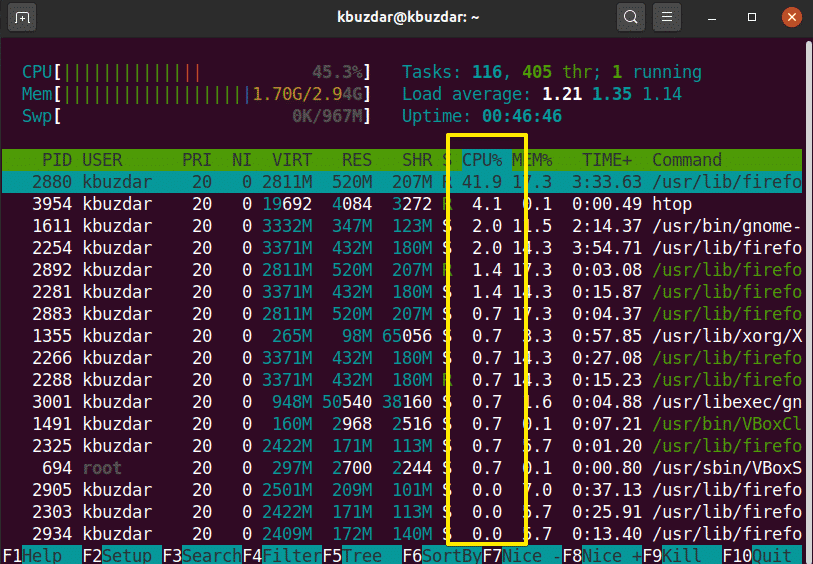

Top Command: The top command is one of the most popular tools used by Linux users to monitor their system's performance, including CPU usage. You can access it by opening the Run dialog box (press the "Win + R" keys on your keyboard), typing "perfmon.msc" into the box, and hitting Enter.ġ. Performance Monitor: The Performance Monitor is a more advanced tool that provides a detailed view of your system's performance, including CPU usage. The Resource Monitor also provides a real-time view of disk I/O, network I/O, and memory usage, helping you to diagnose any performance issues.ģ.


In the Resource Monitor, you can view detailed information about your CPU usage, including the usage of individual cores, processes, and services. From there, you can click on the "Open Resource Monitor" button at the bottom of the screen. You can access it by opening the Task Manager and clicking on the "Performance" tab. Resource Monitor: The Resource Monitor is a more advanced tool that provides a deeper look into your system's performance. By clicking on the "CPU" column, you can sort the processes according to their CPU usage, helping you identify which processes are using up the most resources.Ģ. In the Processes tab, you can see which processes are currently running and their respective CPU usage. Once you open the Task Manager, you will be able to view the current CPU usage in real-time, as well as the usage history over a period of time. You can access it by right-clicking on the taskbar and selecting "Task Manager" or by pressing the "Ctrl + Shift + Esc" keys on your keyboard. Task Manager: Task Manager is the most straightforward way to check CPU usage on Windows. In this article, we will provide you with a comprehensive guide on the ways to check CPU usage in Windows, Linux, and Mac.ġ. That being said, monitoring the CPU usage on your device is crucial in ensuring the optimal performance of your system.


 0 kommentar(er)
0 kommentar(er)
